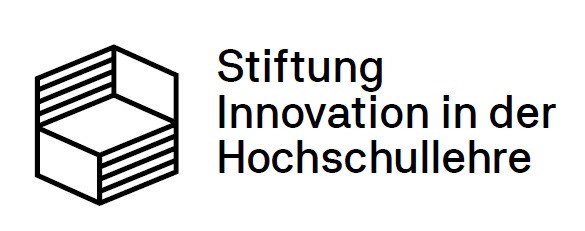Digitization of extensions for ball drop test and train models
As part of the CrossLab project, the Department of Systems and Software Engineering is proposing the further development of two existing laboratories, the Ball Drop Test and the Model Railway. Both labs are currently used for courses and other student work. The department is already planning to modernise and expand the falling ball experiment in the coming years and has therefore given it the higher priority.
Advanced ball drop test
As part of the course 'Complex Information Technology Systems', a simple ball drop test has been offered as an assignment for students for many years. Due to the long and intensive use of the experimental setup (about 30 groups per summer semester), a renewal and revision of the ball drop test is necessary. The aim of this revision is, on the one hand, to create a robust experiment that must run reliably in intensive use. On the other hand, the two available laboratory set-ups are a bottleneck, as the groups have to organise themselves in on-site appointments. Remote access or a simulation of the hardware would allow students to work from home, significantly reducing the number of on-site appointments (up to 10 per group). This would also greatly ease the contact restriction situation. It is also difficult to vary the tasks.
It is also difficult to vary the tasks each year in order to avoid the submission of ready-made solutions. A more complex task would certainly be more interesting for the students. In contrast to the previous simple ball drop test, it would be possible to use different sensors and actuators.
Sensors and actuators, but also simple sorting tasks. A student project on this topic has already been carried out in recent years, and initial preliminary investigations have been made. The realisation of this experiment also requires design and mechanical engineering work, for which no student has yet been found. The realisation of this project would therefore be very helpful for the department's plans.
Model railway project
The SSE department has built a digitally controlled model railway as part of several student projects. This has already been used in several courses ('Software & Systems Engineering' and 'Model Driven Software Development'). The layout is also used for the Open Day and the school workshop. Unfortunately, the setup cannot be used reliably at the moment due to wear and tear, mechanical deficiencies, e.g. in setting the points. The aim of the setup is to demonstrate the modelling and simulation technologies used in the department on real hardware. In the future, it will be possible to demonstrate the model-driven development of control systems or to test the performance evaluation of a previously simulated system in practice. The setup can also be used for simple control tasks. As there is only one model railway available, student groups currently have to share access to the model railway, which usually requires several visits per semester. A previous version of the railway simulation allowed students to work from home. A remote simulation of the railway could significantly reduce the number of on-site visits. Remote access to the model railway presents many challenges. Firstly, the robustness of the layout needs to be increased. For example, locomotives can derail due to unreliable mechanical points, run into an obstacle or collide due to braking too late, or lose contact with the power supply due to travelling too slowly. We believe that finding solutions to these challenges is a suitable task for a CrossLab project.

